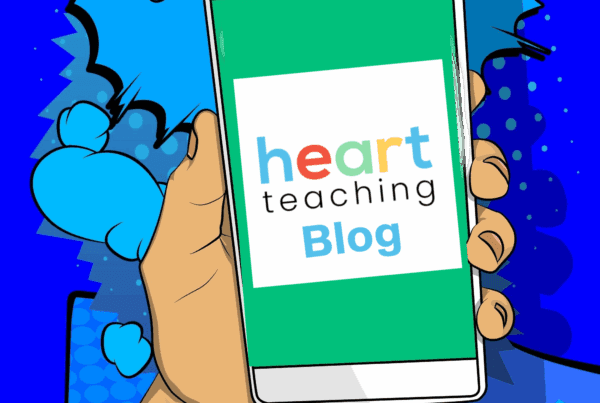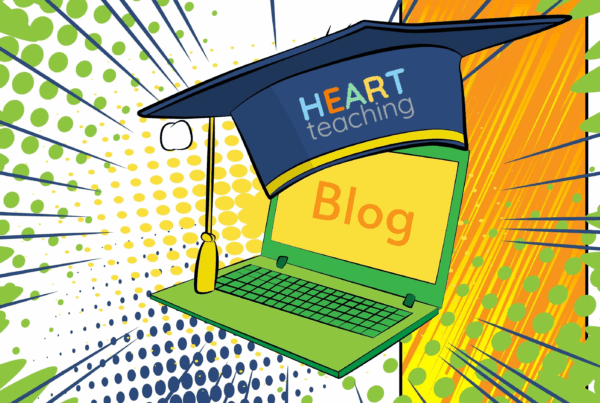Understanding Speech and Language Disorders in Schools
Communication is key to learning and interacting. However, for some students, speech and language disorders can create significant challenges. In this blog, we’ll explore what these disorders are and their impact on students in schools.
What Are Speech and Language Disorders?
Speech and language disorders refer to difficulties in understanding, using, or producing spoken and written language. These can manifest in several ways:
-
Expressive Language Disorders: Struggles in expressing thoughts and ideas clearly.
-
Receptive Language Disorders: Difficulty understanding spoken or written language and following instructions.
-
Articulation Disorders: Issues with speech clarity, affecting sound production and pronunciation.
-
Fluency Disorders: Disruptions in the flow of speech, such as stuttering.
The Impact of Speech and Language Disorders on Students
Academic Challenges
-
Struggles with reading, writing, and following instructions in class.
-
Can lead to slower academic progress and reduced self-confidence.
Social and Emotional Consequences
-
Difficulty communicating may result in frustration, isolation, and social anxiety.
-
Challenges in forming friendships and participating in group activities.
Self-Esteem Issues
-
Continuous struggles with expression can lower a student’s confidence.
-
They may avoid speaking up or engaging in class discussions.
Behavioral Challenges
-
Frustration can manifest as disruptive behavior in class.
-
Students may be misinterpreted as disruptive when they simply need extra support.
Impact on Future Opportunities
-
Untreated speech and language disorders can persist into adulthood, affecting employment and social integration.
-
Early intervention is crucial for preventing long-term effects.
Supporting Students with Speech and Language Disorders
There are various support methods for students with speech and language disorders. Here’s how schools can help:
Early Identification
-
Schools work with speech therapists to identify communication difficulties early on.
Specialized Services
-
Access to speech and language therapy within schools or through external specialists.
Individualized Support
-
Individual Education Plans (IEPs) are created to provide targeted strategies for each student.
Inclusive Teaching Practices
-
Teachers use visual aids, clear communication, and other strategies to support students with speech disorders.
Assistive Technology
-
Augmentative and alternative communication (AAC) tools can help students communicate more effectively.
Family Involvement
-
Parents work closely with schools to extend support and offer resources for home-based intervention.
Conclusion
Speech and language disorders can affect a student’s academic performance, social skills, and emotional well-being. However, with early identification, specialized support, and inclusive teaching methods, students can overcome these challenges. Empathy and understanding are essential for ensuring that students receive the support they need to succeed both in school and beyond.





